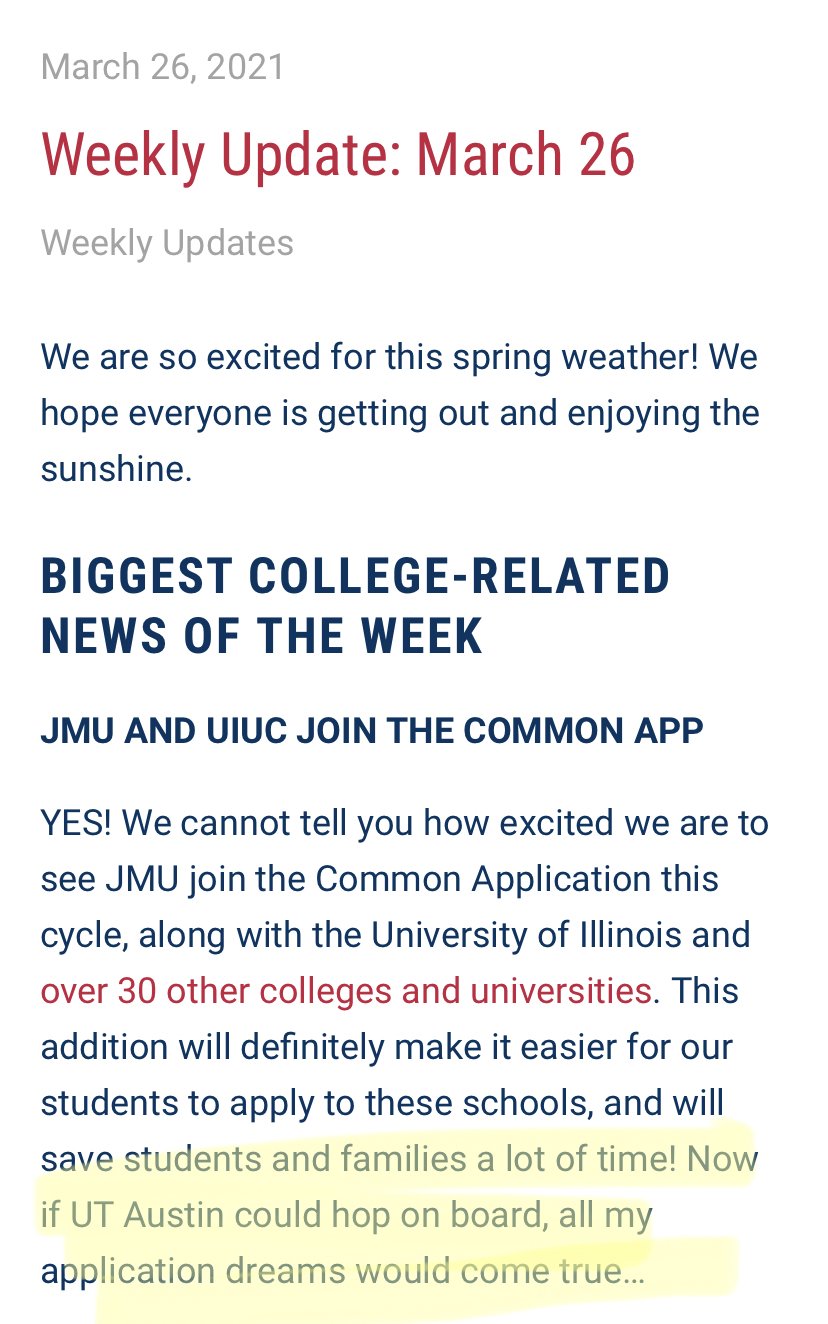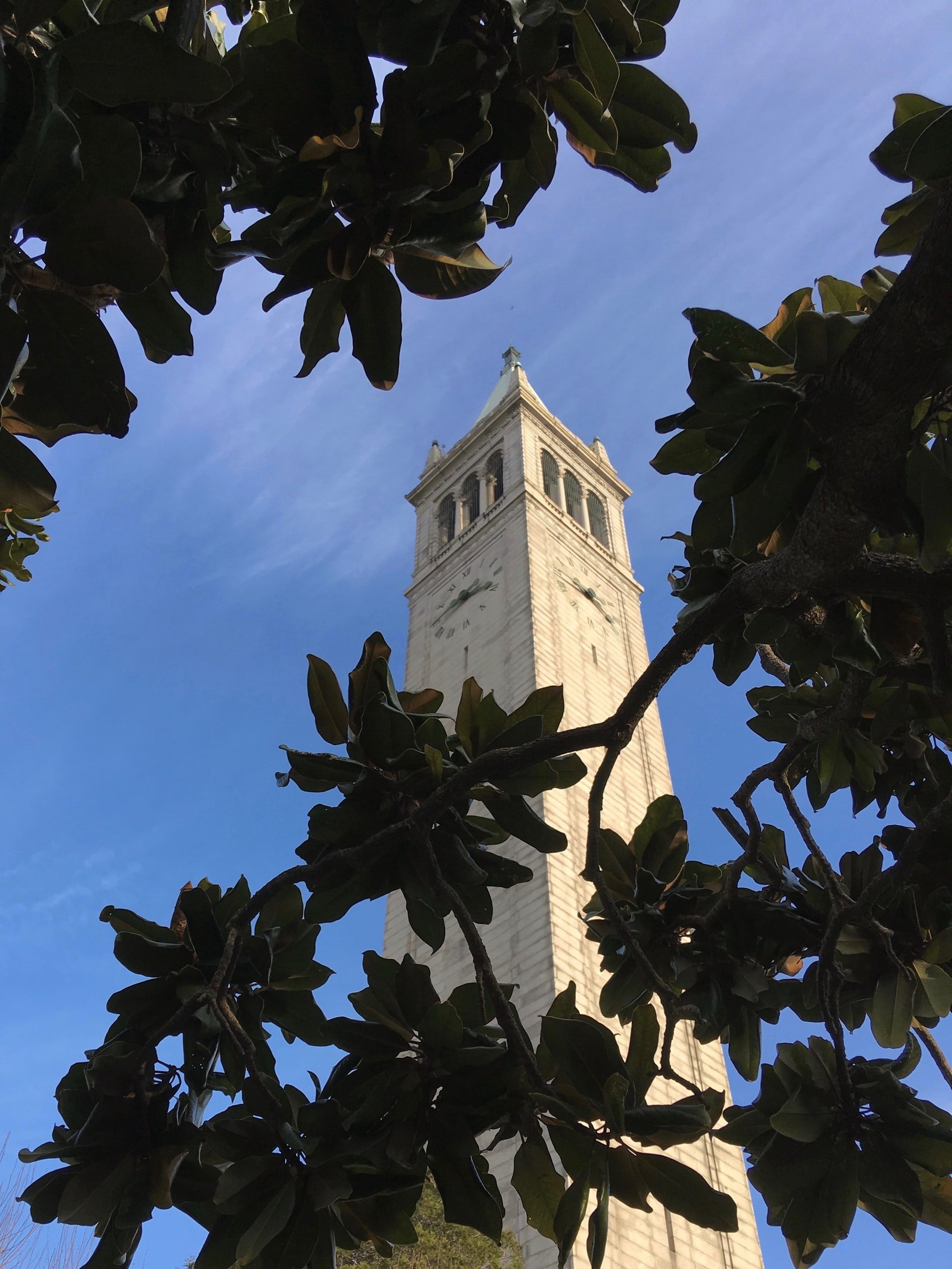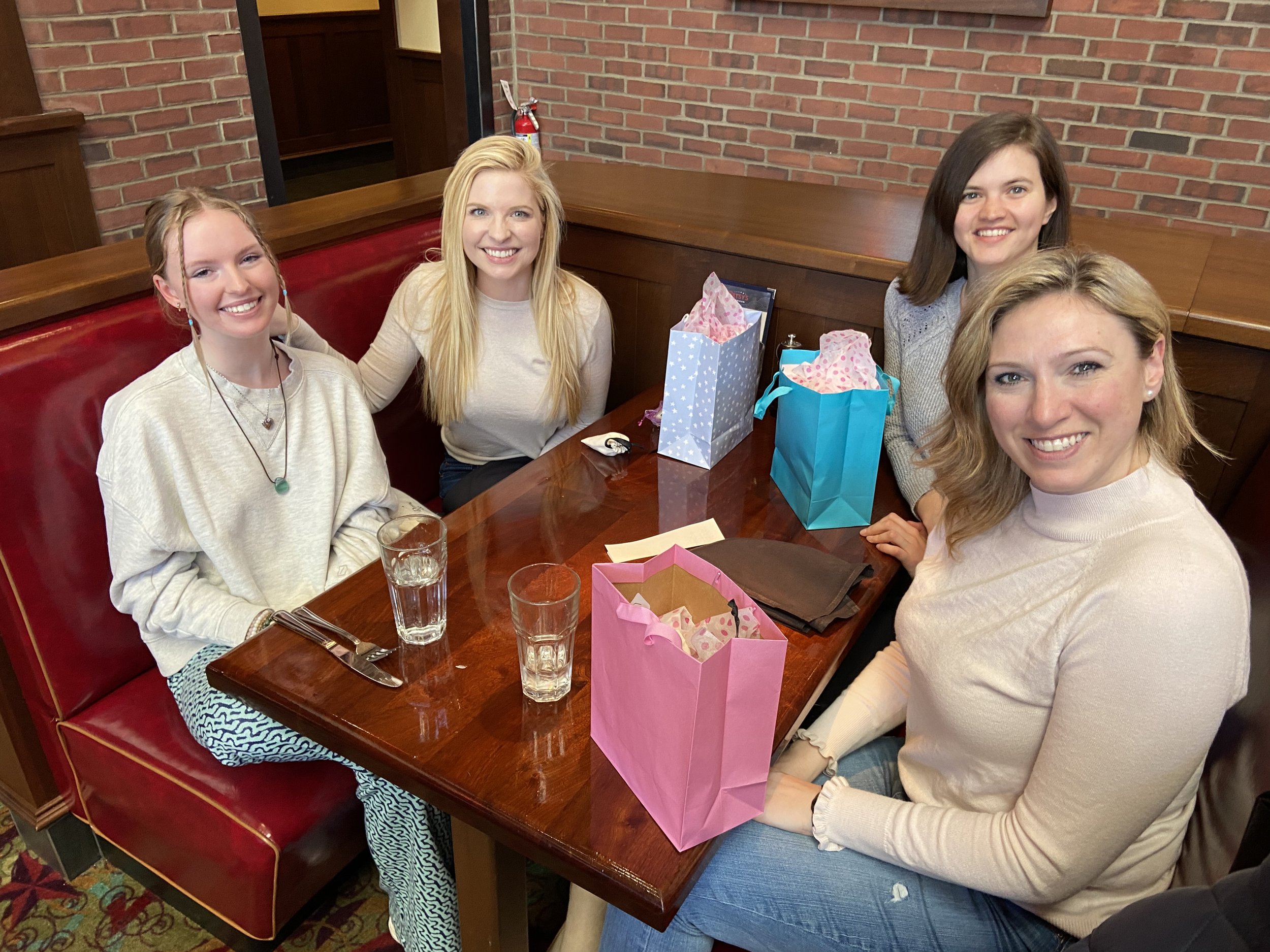There are just a few weeks left in the school year, and that means juniors can start to breathe sighs of relief. AP exams are winding down, and end-of-year festivities are kicking off. But before you get swept up in prom and summer break, we’ve got a few more assignments for you.
Fall semester can be extremely hectic for twelfth graders. However, there are things you can do now (and over the summer) to help make senior year easier and the college admissions process much more organized and efficient.
Secure your teacher recommendations
Many college applications require two or three teacher recommendations. For teachers, this can be a nightmare in the fall when they are inundated with dozens of requests… and you don’t want that nightmare to be reflected in the quality of your letter! Help your teachers – and yourself – by asking for recommendations now. This way they’ll have plenty of time to write you a quality letter, and you will have one less worry in the fall.
When you’re ready to ask, make sure to speak to your teachers in person. A good way to make sure you don’t end up with a so-so letter is to use the following language: ”Do you think you know me well enough to write me a very supportive letter of recommendation?” In other words, you’re telling them that it needs to be a great letter, and you’re providing an easy out if they can’t make that happen.
We highly suggest providing them with a ‘highlight reel’ of your personal strengths, achievements, and academic interests relating to your performance in their class. If you’re not sure who to ask or what to include in your highlight reel, take a look at our previous blog post where we discuss the best ways to secure a strong recommendation letter.
Confirm your fall schedule
We can’t say it enough: avoid the senioritis schedule! Colleges want to see that you’re pursuing a rigorous curriculum, so it’s important to continue challenging yourself rather than opting for that extra study hall or the “easy” elective.
Now is the time to organize your course load and address any scheduling conflicts. We especially encourage you to talk with your teachers or counselors if you’re considering an honors section or an AP class. Depending upon the school and their policies, you may have to take some extra steps to enroll in an advanced course, whether it’s submitting a petition or taking a placement test.
If your ideal fall schedule isn’t turning into a reality, don’t get discouraged. Consult with your parents and advisors to brainstorm alternatives. For example, if you’ve already taken the most advanced foreign language class at your school, you might want to look into a dual enrollment program in your area. If there’s no marketing elective offered, consider an online course. There are a growing number of options, both virtually and at local colleges. To take advantage of these options, though, you’ll need to plan now.
Finalize your college list
If you haven’t started already, get to work on your college list. Do some research to get a better sense of what you’re looking for in a school, from size to location to academic offerings. With literally thousands of colleges and universities to choose from, you’ll need to identify what’s most important to you. The College Board offers a comprehensive search tool, and for data lovers out there, College Data provides plenty of school statistics.
To stay organized, we recommend keeping track of your research with a spreadsheet. Not sure how to make one? We love this free template that you can easily download and customize to fit your needs.
Prepare application materials
College applications require you to submit many different materials: test scores, transcripts, teacher recommendations, essays, and more. You won’t be able to complete some pieces until the fall, but right now you can begin to prepare several materials.
Make a list of the activities you’ve participated in throughout high school: sports, clubs, volunteer opportunities, jobs, internships, etc. You can even input them directly into the Common Application and roll them over to the new 2022-2023 Common Application in August!
Work on your resume, which should include any work experience, extracurricular involvements, and awards/achievements.
The Common Application released their essay prompts several months ago. Take a look at your options, so you can start brainstorming, drafting, or even finishing your essay over the summer. Since we like to start early, some of the juniors we work with are already done with it!
Visit schools, even through your computer screen
Although campus tours always feel a bit different during the summer months when undergrads aren’t filling up the quads and walkways, these visits can still help you with your college list. If possible, sign up for some campus tours. It’s always good to see the school in person, get a feel for the environment, and check out the surrounding community. Take a look at our expert tips on how to prepare for and get the most of your tour here.
If you can’t travel, don’t worry! You can still use this time to take virtual tours, sign up for Zoom information sessions, and/or attend a local college fair. Colleges like to see demonstrated interest, so take advantage of these convenient ways to formally show your engagement with a school.





























































